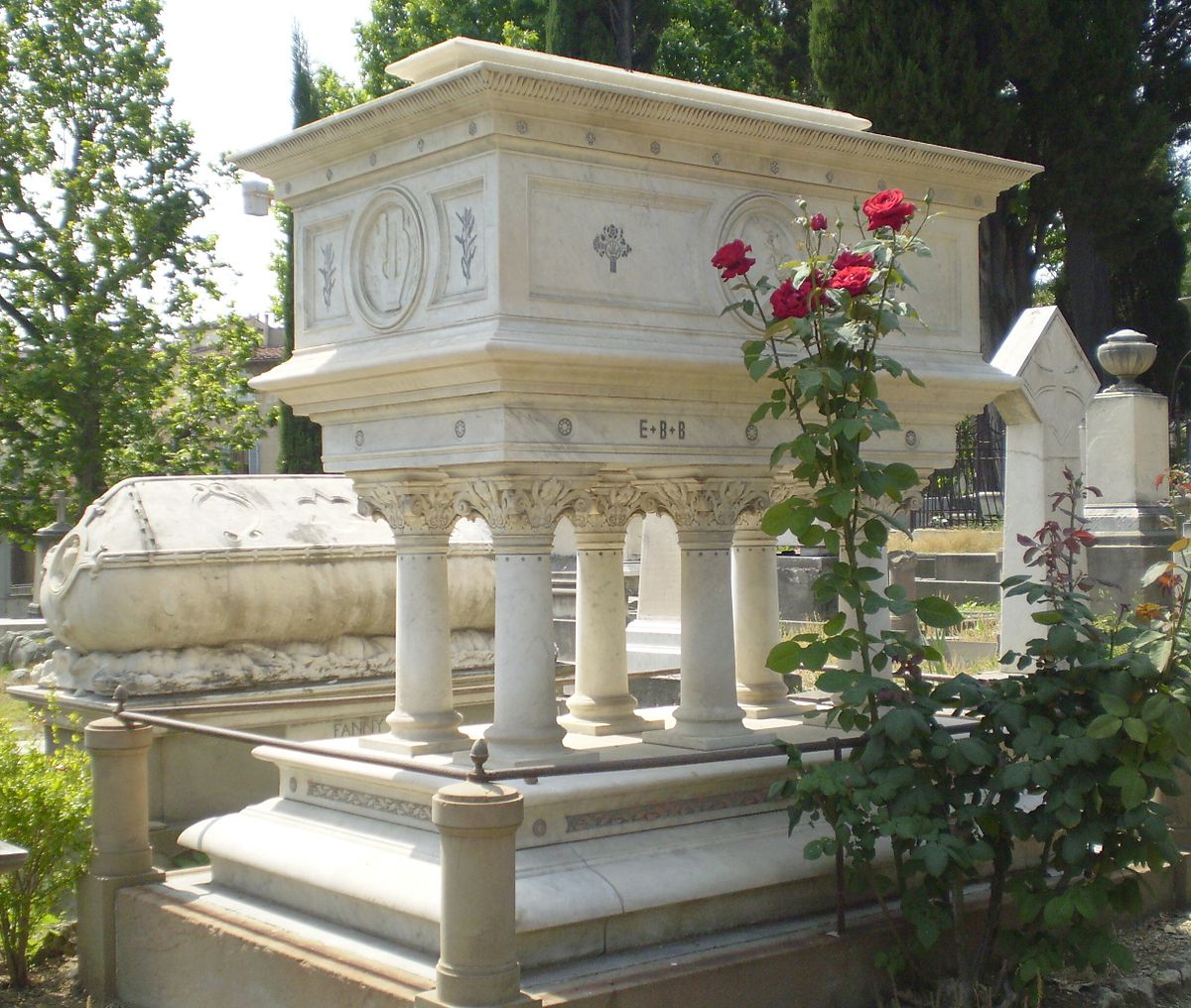Last Updated on April 13, 2024 by Marian Jones
This final episode – Literary Florence – focuses on a selection of literary writings connected to the city, beginning with the Tuscan writers Petrarch and Boccacio whose works became the foundation of modern Italian literature. Then we look at the English poets Robert Browning and Elizabeth Barrett Browning who made their home here. We also have four novels set in Florence to recommend: Irving Stone’s biographical novel about Michelangelo,’The Agony and the Ecstasy’, ‘Galileo’s Daughter’ by Dava Sobel (2000), E M Forster’s ‘A Room with a View’ (1908) and finally Sarah Dunant’s ‘The Birth of Venus’ (2003), a vivid imagining of the life of a 15 year-old cloth merchant’s daughter, which paints a colourful picture of Florence in 1528.
Medieval literary florence
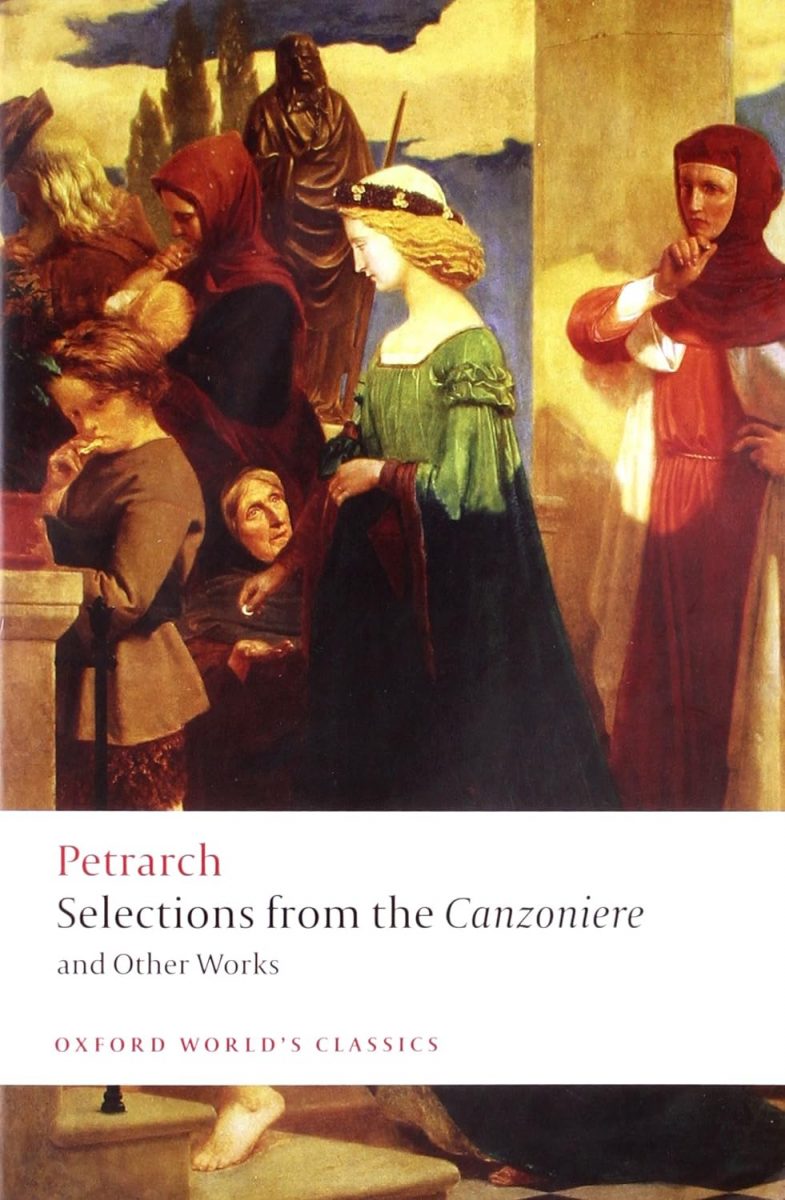
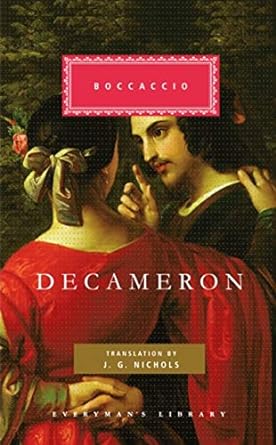
Dante (Episode 4) and Machiavelli (Episode 12) have been covered in previous episodes, but there are two more medieval writers with strong links to Florence and Tuscany: Petrarch and Boccacio, born just 7 years apart, both had a major influence on literature and wrote, unusually for their time, not in Latin but in the everyday language which they spoke. Petrarch perfected the sonnet form and Boccacio left us the hundred tales of Tuscan life contained in Decameron.
Petrarch (1304-74) spent most of his childhood in Florence, then travelled widely. One day in Avignon in 1327, when he was 23, he first saw Laura de Noves, the lady for whom he felt unrequited love for the rest of his life. The 365 poems known as Petrarch’s Sonnets were called Rhymes for the Lady Laura in Italian, one passionate poem for every day of the year, featuring such wording as this: ‘I bless the place, the time and hour of the day / That my eyes aimed their sights at such a height, / And day: ‘My soul, you must be very grateful / That you were found worthy of such a great honour.
Giovanni di Boccacio (1313-75) is best remembered for his Decameron, the Canterbury Tales style work in which ten people flee Florence because of the plague and each tell 10 stories. The hundred tales range from tragic to comic, introducing a rich range of characters and acute observations from everyday life. Master Albert, aged 70, becomes so smitten with a beautiful widow despite the fact that ‘his natural heat and vigour had quite forsaken him’, that he becomes the talk of the village. His neighbours ‘would often make themselves merry to see a person of his years and learning so ridiculously amorous’. In contrast, you can hear Boccacio’s graphic description of plague symptoms on the podcast for Episode 03.
2 of florence’s best-known poets
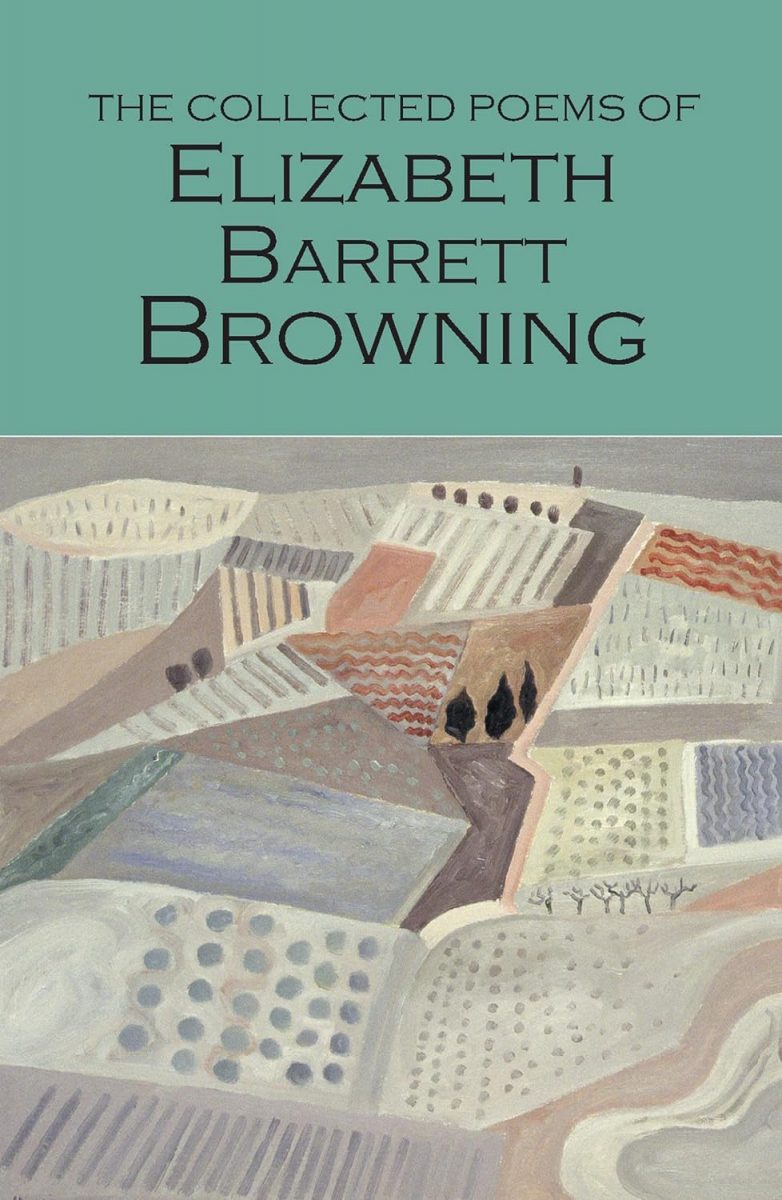
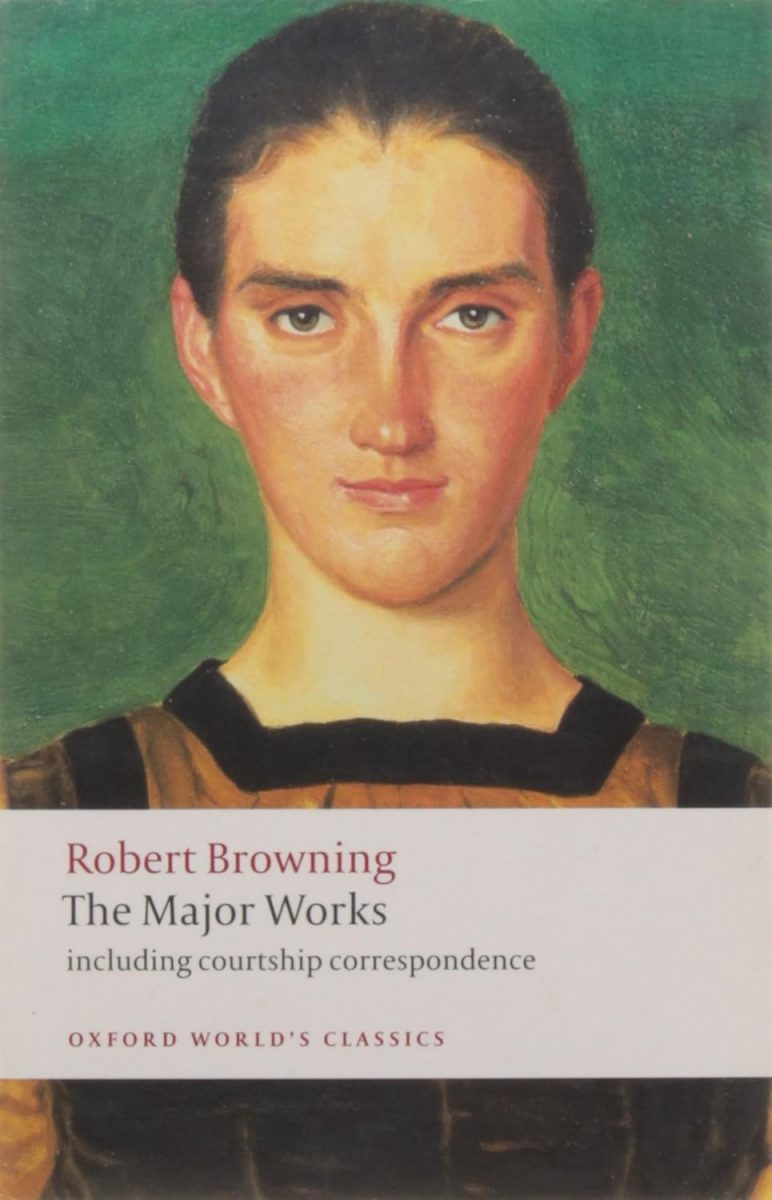
Two of Literary Florence’s key figures were the English poets Robert Browning and Elizabeth Barrett-Browning who settled there in the 1840s. There is a plaque in their memory on the Casa Guidi where they lived, just near the Pitti Palace. In England, Elizabeth’s best-known poem is the sonnet which begins ‘How do I love thee? Let me count the ways’ but in Italy she is better remembered for Casa Guidi Windows, a 2,000 line poem about the history she lived through. Part 1 is a joyful celebration of the civil liberties granted to Florence by Grand Duke Leopold. Part 2 describes the crushing of these hopes when the Austrian army marched through the city in 1849.
Robert Browning’s dramatic poem Fra Lippo Lippi is about the artist’s life and opens with Brother Lippo’s arrest in a dark Florentine alley where ‘sportive ladies leave their doors ajar’. It continues as a monologue in which Lippi recounts his life and muses about art, often giving a vivid picture of the life he and his contemporaries lived. Here, for example, he explains how shut up in his studio during Florence’s carnival he suddenly felt the need to get out into the open.
‘And I’ve been three weeks shut within my mew,
A-painting for the great man, saints and saints
And saints again. I could not paint all night –
Ouf! I leaned out of the window for fresh air.’
4 novels set in florence
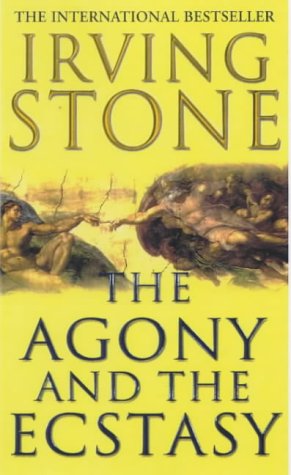
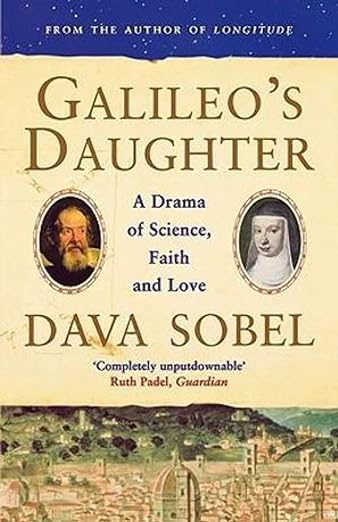
The Agony and the Ecstasy by Irving Stone
About half of this biographical novel about Michelangelo is set in Florence, where the artist grew up and to which he was insistent his body should be returned for burial. Scene after scene shows him living out the one passion of his life: art. He roams the city’s churches in search of masterpieces to gaze at, sneaks into the mortuary at night to teach himself anatomy by drawing dead bodies, is apprenticed to the Medici family, meets – and quarrels with – other artists and works in secret for four years on the statue which would later come to represent his home city to the world: David
Galileo’s Daughter by Dava Sobel
This account of Galileo’s life is based on 124 letters sent to him by his daughter, the nun, Sister Maria Celeste, which survived although, sadly his replies to her have been lost. The letters reveal many everyday details about Galileo’s work and health and they are interspersed with narrative written by the author which relies on other first-hand accounts and gives detailed coverage of, for example, the infamous trial at which Galileo was found guilty of heresy by the catholic church. Why? Because he refused to renounce his belief that the earth moves around the sun.
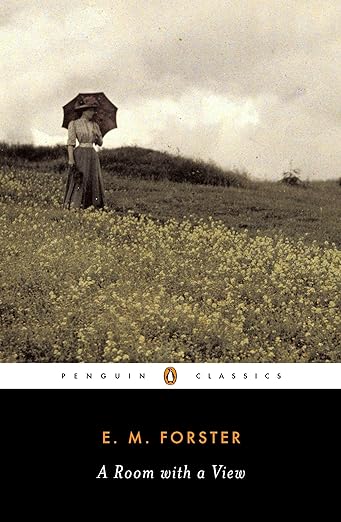
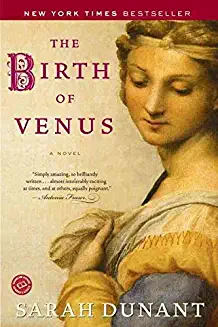
A Room with a View by E M Forster
The first half of this novel is set in Florence, describing the exploits of a group of tourists and the ex-pat community they meet there. It pokes gentle fun at tourism, for example when the heroine Lucy Honeychurch loses her Baedeker guide just before entering Santa Croce Church and is distraught. She’d heard it was a wonderful building, but she didn’t know where to find the Giotto fresco and ‘there was no-one to tell her which of all the sepulchral slabs that paved the nave and transepts, was the one that was really beautiful.’
The Birth of Venus by Sarah Dunant
This is the story, set in 1528, of Alessandra Cecchi, a 15 year-old cloth merchant’s daughter who is married off by her parents to a man who cannot love her. She is fiercely independent and interested above all in art, so when she falls in love with the artist employed to paint a fresco in the family chapel it seems inevitable. Alongside the intrigues which ensue are numerous pictures of life in 16th century Florence – street scenes, a wedding banquet in a palazzo hung with tapestries, descriptions of the cloth trade, a hellfire sermon from the ‘Mad Monk’, Girolamo Savonarola. The novel takes you, in short, right into the heart of renaissance Florence.
Listen to the POdcast
Reading suggestions
Selections from Petrarch
Decameron by Giovanni Boccacio
The Collected Poems of Elizabeth Barrett Browning
The Major Works by Robert Browning
Robert and Elizabeth Barrett Browning Poems
4 novels set in Florence
The Birth of Venus by Sarah Dunant
The Agony and the Ecstasy by Irving Stone (Biographical novel about Michelangelo)
A Room with a View by E M Forster
Galileo’s Daughter by Dava Sobel
3 anthologies
Florence: A Traveller’s Reader by Edward Cheney
Florence Stories Everyman’s Library Pocket Classics
A Literary Companion to Florence by Frances King
link for this post
Previous episode Florence History and Travel Writing
This is the last episode in our Florence series

